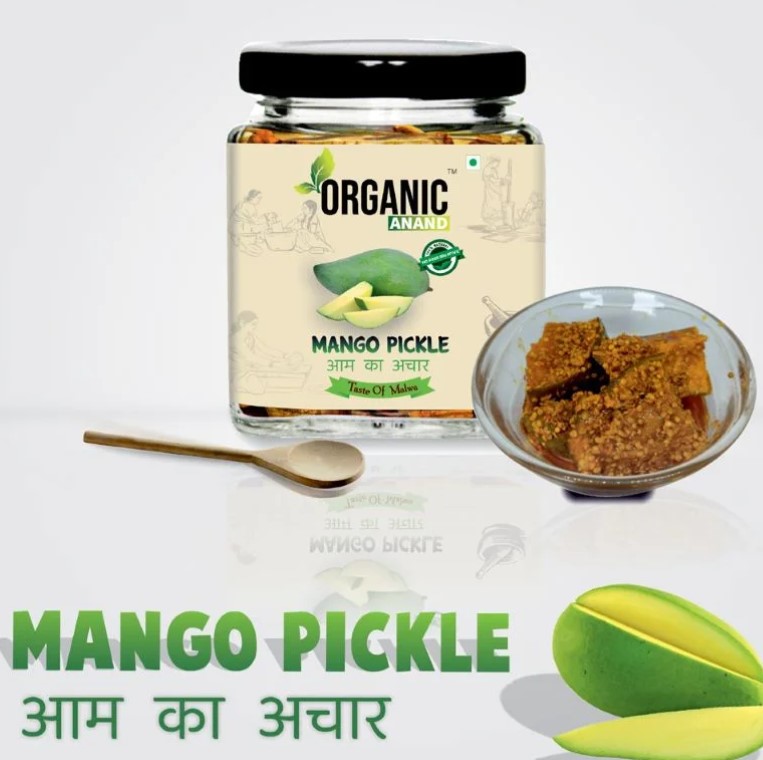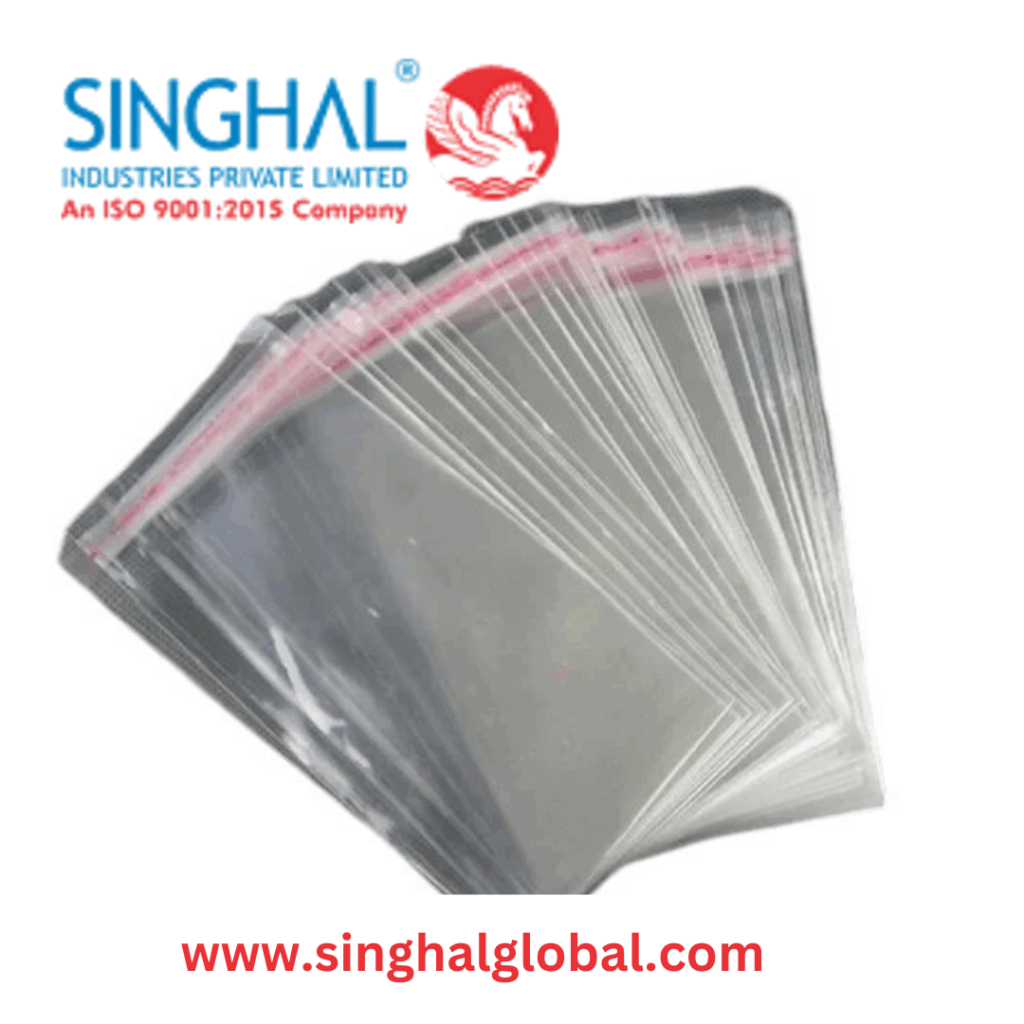Why India’s middle class is shifting from commercial chemical pickle to branded homemade glass bottle mango pickles?
Mango pickle are more than just a condiment in India—they’re a burst of nostalgia, a spicy kick that ties every meal to memories of home. Growing up, I remember my grandmother stirring a clay pot of mango pickles, the air thick with the scent of mustard oil and roasted spices. But as life sped up, many of us turned to store-bought jars packed with preservatives. Those commercial mango pickles were quick and cheap, but they often left a synthetic aftertaste. Now, India’s middle class is turning back the clock, embracing branded homemade mango pickle packed in glass bottles. This shift isn’t just about taste—it’s about health, heritage, and a greener way of living.
The Rise of Commercial Mango Pickles
Back in the ’80s and ’90s, as cities grew and kitchens shrank, commercial mango pickles became a household staple. They were everywhere—stacked on grocery shelves, promising long shelf life and no prep time. But there was a catch. These pickles were loaded with artificial preservatives, chemical flavorings, and enough salt to make your doctor wince. They were convenient, sure, but they lacked the soul of the mango pickle our families once made. The tang was off, the spices muted, and the health risks? Well, let’s just say nobody wants a side of sodium overload with their paratha.
Health Takes Center Stage
India’s middle class today is savvier about what they eat. With smartphones buzzing with health tips and documentaries exposing processed food pitfalls, people are reading labels like never before. Commercial mango pickles often come with a laundry list of additives—synthetic vinegar, questionable oils, and preservatives linked to everything from bloating to bigger health woes. Branded homemade mango pickle, though, tell a different story. They boast natural ingredients: sun-ripened mangoes, cold-pressed oils, and spice blends that don’t need a chemistry degree to understand.
For a growing middle class with more money to spend, these pickles are worth the extra rupees. Glass bottles add to the appeal—they’re free of the plastic chemicals that can seep into food, keeping the pickles pure and the conscience clear.
Nostalgia and Cultural Connection
These aren’t just food; they’re a time machine. One bite can transport you to summer vacations, with aunts and cousins gathered around a bubbling pot, swapping stories. Branded homemade mango pickles tap into this magic. They’re marketed as the real deal—recipes that could’ve come from your nani’s kitchen, packed in glass jars that look like they belong on her shelf. For urban folks juggling jobs and commutes, making pickles from scratch is a tall order. These brands offer a shortcut to that homemade flavor, no mango-chopping required.
This pull of tradition resonates deeply. The middle class, often caught between modern hustle and cultural roots, finds comfort in mango pickles that feel like a hug from the past.
Going Green with Glass
Let’s talk about the environment. Commercial mango pickles often come in flimsy plastic jars, piling up in landfills and choking waterways. India’s middle class, now more tuned into sustainability, is saying no to single-use plastics. Branded homemade mango pickles come in glass bottles—recyclable, reusable, and frankly, just prettier. These brands often work with local farmers, source organic mangoes, and keep their carbon footprint low. It’s a small choice that feels big, aligning with a generation that wants to eat well and do good.
Quality and Taste as Differentiators
Taste is where branded homemade mango pickles really shine. Commercial versions often taste like they were made in a lab, not a kitchen—flat, overly salty, and lacking that zing. Homemade-style brands focus on small batches, hand-mixed spices, and time-honored methods like sun-drying or natural fermentation. The result? Mango pickle that burst with flavor—tangy, spicy, and just right. Glass bottles seal in that freshness, unlike plastic, which can taint the taste over time.
The middle class, with access to global cuisines and refined palates, is picky about quality. They’re willing to splurge on mango pickles that deliver a true taste of India.
Smart Marketing Hits Home
These brands know how to sell a story. Scroll through social media, and you’ll see posts about mango pickles made with “love and tradition,” often paired with glossy photos of glass jars gleaming in the sunlight. They share tales of family recipes or farmers handpicking mangoes, striking a chord with consumers who crave authenticity. The middle class, active online, eats this up—literally and figuratively. Glass bottles aren’t just practical; they’re Instagram-worthy, making every jar feel like a premium purchase.
The Trade-Offs
It’s not all rosy. Branded homemade mango pickles cost more—sometimes double or triple the price of commercial ones. For budget-conscious families, that’s a tough pill to swallow. Plus, small-batch production means supply can be spotty, especially outside mango season. But for many, the trade-off is worth it. Better health, richer taste, and a cleaner planet outweigh the extra cost.
FAQs
-
What sets branded homemade mango pickles apart from commercial ones?
They use natural ingredients and traditional recipes, skipping the artificial preservatives and synthetic flavors found in mass-produced pickles. -
Why choose glass bottles for mango pickles?
Glass is non-reactive, keeps flavors intact, and is eco-friendly, unlike plastic, which can leach chemicals or harm the environment. -
Are these pickles better for your health?
Generally, yes—they avoid harmful additives and use quality ingredients, making them a safer bet for health-conscious eaters. -
Why do they cost more?
Small-scale production, organic ingredients, and sustainable packaging drive up costs, but the quality justifies the price for many. -
Do they taste like homemade mango pickles?
Most aim to mimic traditional recipes, delivering authentic flavors that rival what your family might make. -
Are these pickles eco-friendly?
Glass bottles and sustainable sourcing make them a greener choice compared to plastic-packed commercial options. -
Where can I buy branded homemade mango pickles?
Look for them in supermarkets, gourmet stores, or online platforms, where they’re sold as artisanal or premium products.
Conclusion
India’s middle class is rediscovering the joy of mango pickles, but with a modern twist. Branded homemade versions in glass bottles offer a perfect blend of health, heritage, and sustainability. They’re not just pickles—they’re a statement about valuing quality, reconnecting with tradition, and caring for the planet. As more people prioritize flavor and wellness, these tangy jars are becoming a kitchen staple, proving that sometimes, the best way forward is a taste of the past.









